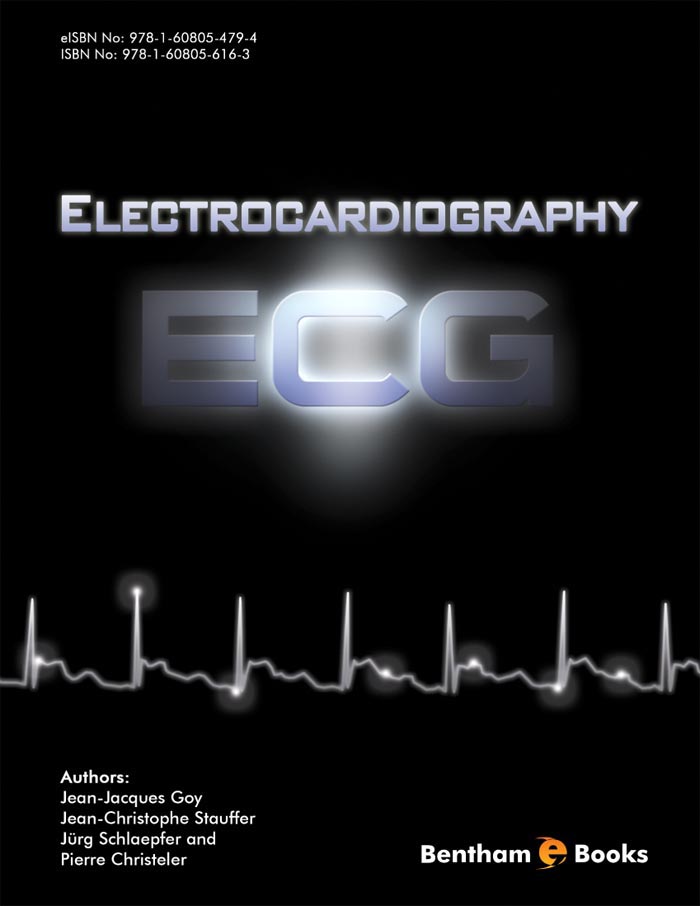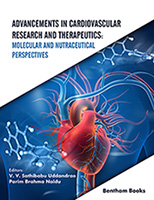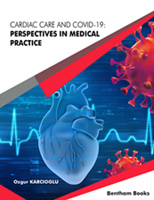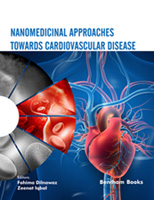Introduction
This e-book starts with a comprehensive overview of the basic principles in Electrocardiography (ECG) with just enough depth to lift the reader above the crowd when it comes to understanding the physics behind ECG. Subsequent chapters provide an approach to the analysis of the ECG. The most important followed by sections with insight into conduction abnormalities, arrhythmia, and myocardial ischemia. The e-book has a straightforward layout, a very clear format, and abundant ECG tracings for interested readers. The diagnostic algorithms provided in the volume prove to be very useful in daily medical practice. Overall, the e-book will help novice physicians, students and fellows to improve their knowledge in ECG interpretation.
Electrocardiography (ECG) is, therefore, a very attractive book for all levels of physicians and health-care professionals interested in ECG and it is a welcome addition to the medical literature.





